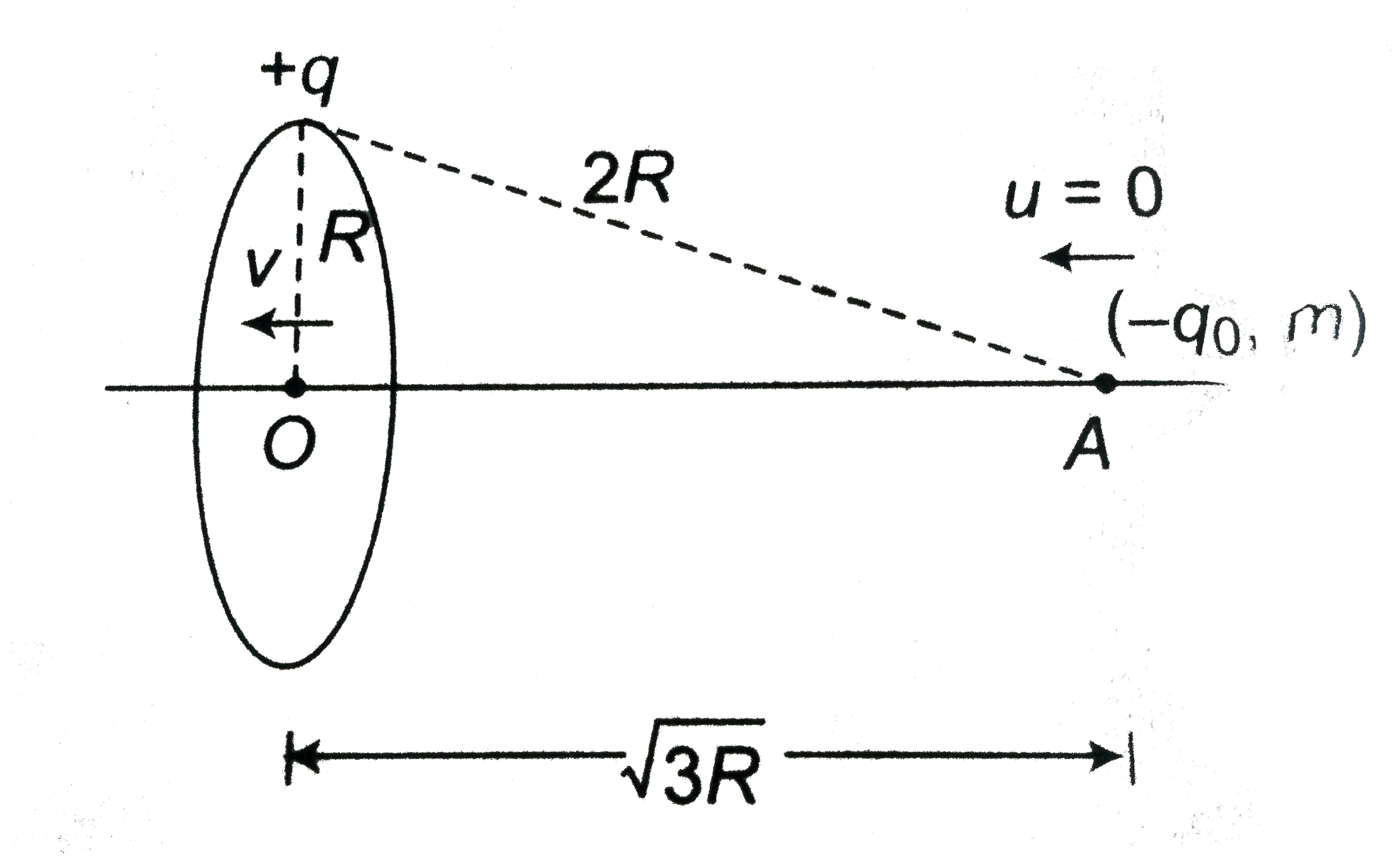A
B
C
D
Text Solution
Verified by Experts
The correct Answer is:
|
Topper's Solved these Questions
ELECTROSTATICS
CP SINGH|Exercise Exercises|226 VideosView PlaylistELECTROMAGNETIC WAVES
CP SINGH|Exercise EXERCISES|21 VideosView PlaylistMAGNETIC FIELD
CP SINGH|Exercise EXERCISE|77 VideosView Playlist
Similar Questions
Explore conceptually related problems
Knowledge Check
Similar Questions
Explore conceptually related problems
CP SINGH-ELECTROSTATICS-Exercises
- The electric field strength due to a ring of radius R at a distance x...
05:10
|
Play - A circular ring carries a uniformly distributed positive charge and li...
02:37
|
Play - A ring of radius R carries a charge +q. A test charge -q(0) is release...
07:28
|
Playing Now - In the above question , the nature of motion of the test charge is
01:50
|
Play - A positively charged thin metal ring of radius R is fixed in the xy pl...
05:42
|
Play - A given charge is situated at a certain distance from an electric dipo...
01:51
|
Play - A and B are two points on the axis and the perpendicular bisector, res...
01:51
|
Play - An electric dipole is kept in non-unifrom electric field. It experienc...
02:16
|
Play - An electric dipole is placed along x-axis with its centre at origin:
03:55
|
Play - An electric dipole is placed at the origin O and is directed along the...
02:16
|
Play - The point charges + q, -2q and + q are placed at point (x = 0, y = a, ...
02:58
|
Play - An electric dipole moment p is placed in an electric field of intensit...
03:13
|
Play - An electric dipole is put in north-south direction in sphere filled wi...
01:56
|
Play - An electric dipole of moment vecp is placed normal to the lines of for...
02:13
|
Play - An electric dipole has the magnitude of its charge as q and its dipole...
02:28
|
Play - Two short dipoles , each of dipole moment P are placed at a large sepa...
05:22
|
Play - The electric field at the origin is along the positive x-axis. A small...
03:40
|
Play - Which of the following is correct regarding equipotential surface ?
02:02
|
Play - In the following figure, equipotential lines are shown
01:29
|
Play - Some equipotential surfaces are shown in figure . The magnitude and ...
02:12
|
Play




